Expertise and Quality

Our Commitment
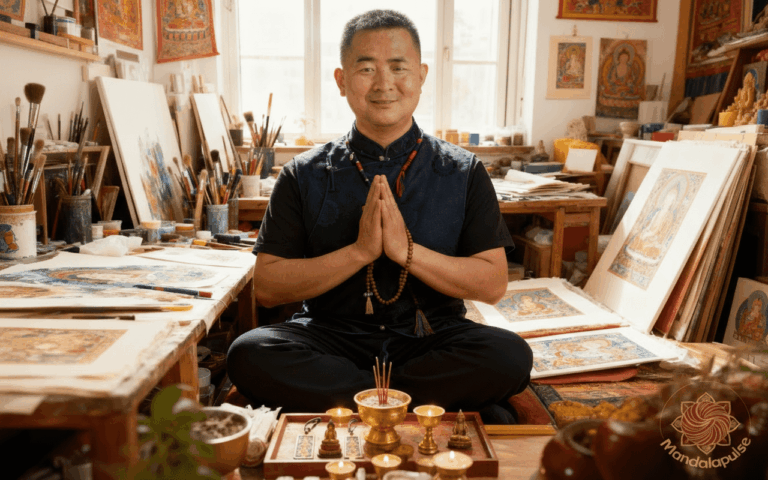
Ritual and Discipline in Thangka Creation
Ritual Discipline in Cloisonné Enamel Painting
Cloisonné enamel painting is a meditative art form rooted in centuries of spiritual and cultural tradition. In our process, each piece begins with a quiet moment of intention, as the artist honors the image's symbolic meaning before drawing the first line.
Thin metal wires are hand-shaped to form sacred outlines. Natural mineral pigments are applied with care, layer by layer, following traditional iconography and proportions.
This fire-free method preserves color purity and allows the artist’s hand to remain fully present in the process. The result is a refined, spiritually grounded artwork—rich in tradition and energy.
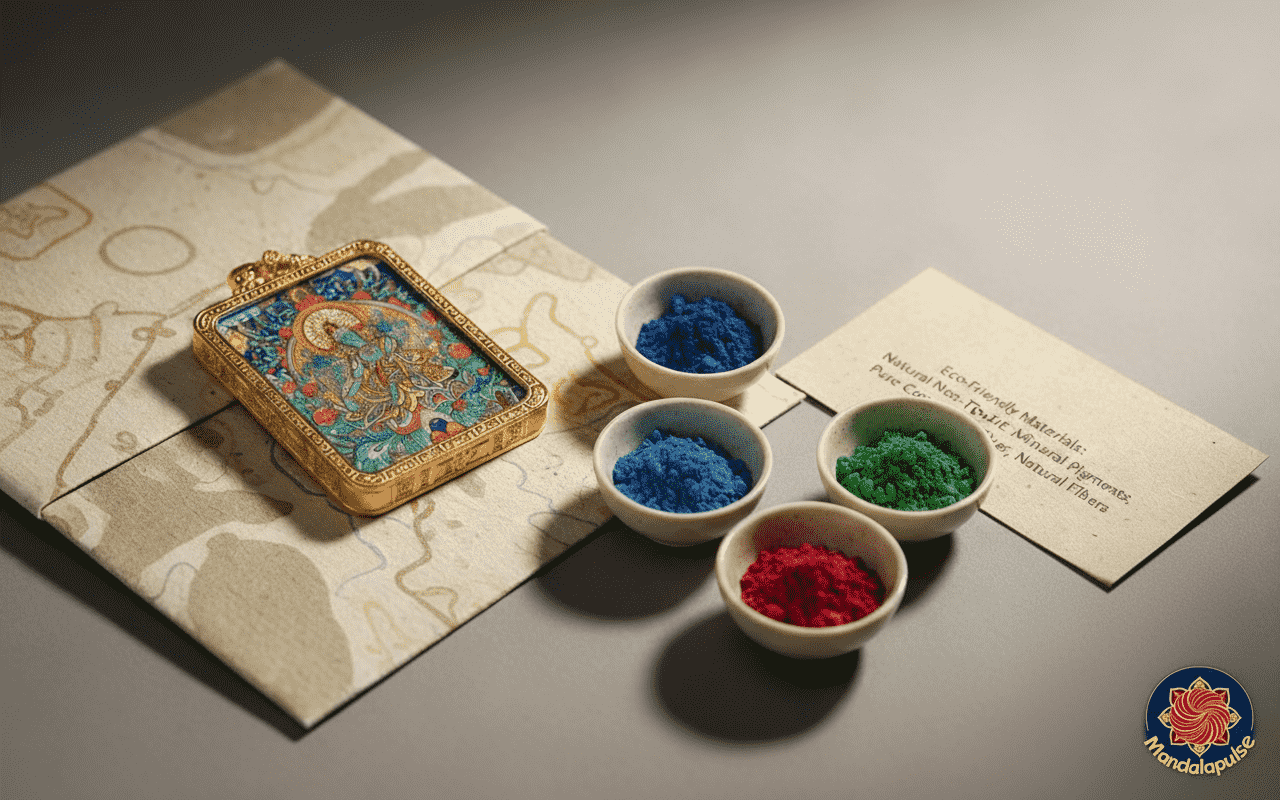
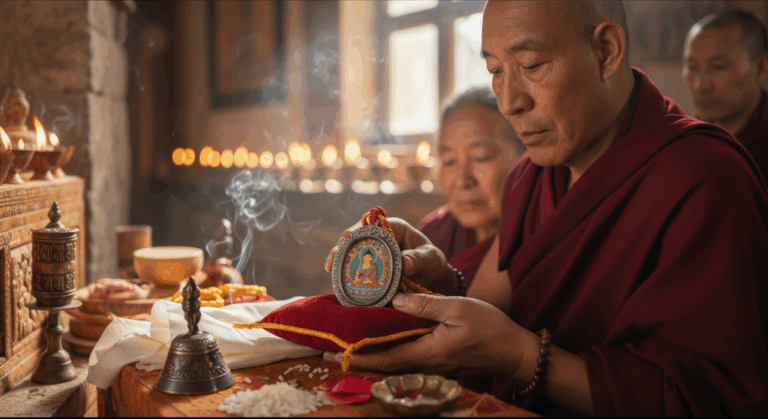
Blessing and Empowerment of the Product
Monks perform sacred rituals—such as mantra chanting, incense purification, and symbolic offerings—to spiritually empower the item. This process infuses the piece with its intended purpose: protection, clarity, harmony, or abundance.
The blessing is not merely symbolic; it is an essential part of completion. Only after this empowerment is the product considered whole—carrying authentic spiritual energy rooted in lineage, intention, and devotion.
One Piece, One Offering
In the Tibetan Buddhist tradition, generosity and merit go hand in hand. Supporting monastic communities is considered a sacred act that generates blessings and clears obstacles.
In this spirit, for every piece sold, our workshop donates a merit offering to a temple on behalf of the customer.
These donations support daily monastic life, dharma practice, and the preservation of sacred spaces. It means that each item you receive is not only spiritually empowered—but also part of a living act of compassion.
Your purchase becomes a link in a circle of giving, grace, and returning energy.
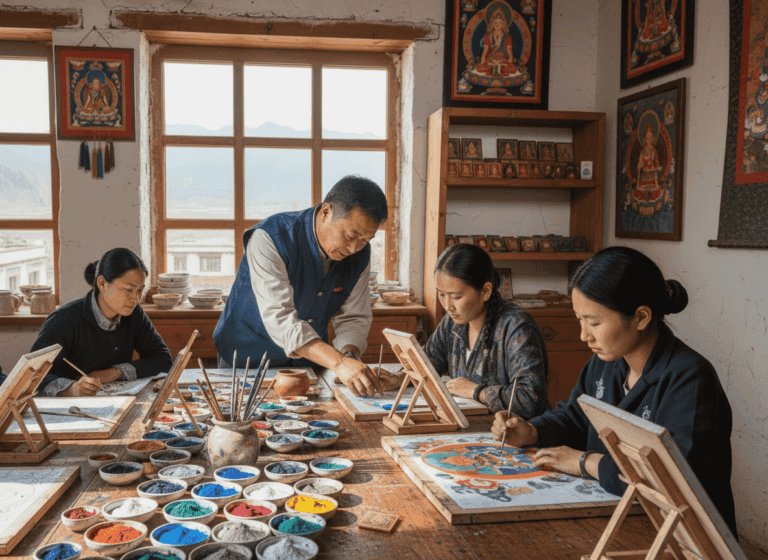
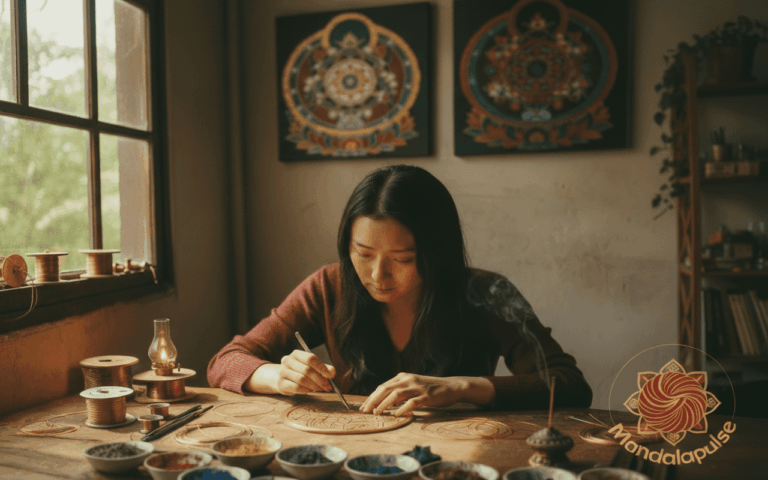
Preserving Heritage, Training the Next Generation
Our workshop regularly offers free training programs for younger generations, focusing on sacred techniques such as Thangka painting, cloisonné wirework, and natural pigment preparation. All instruction follows the original lineage-based methods to ensure authenticity in both technique and spirit.
We uphold the principle of precision in craft, purity in method, and reverence in teaching. Through a mentor-apprentice approach, we pass on not only skills—but also the mindset of care and devotion.
These trainings are offered at no cost to those who are sincerely dedicated to the preservation of sacred art. This is our way of keeping a living tradition alive.
